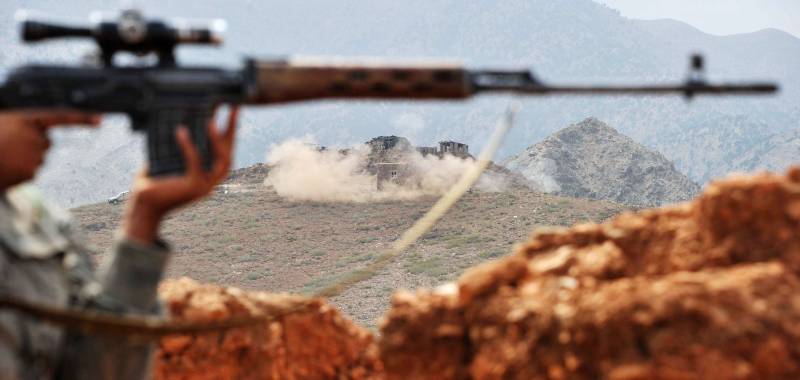The resurgence of militant activities over the past two years is alarming for Pakistan’s national security. Baluchistan and KP province in particular are facing a resurgence of a new wave of militancy. In 2022, Pakistan faced at least 376 terror attacks, in which 533 people were killed and 832 injured. Security forces lost at least 282 personnel in 2022, with 40 fatalities only in December. The mode of attack included improvised explosive device (IED) ambushes, suicide attacks, and raids on security posts mainly in Afghan border regions. Three main groups have been active in perpetrating 165 attacks that includes Tehreek-i-Taliban Pakistan (TTP), Gul Bahadur group, and the Islamic State-Khurasan mostly in KP. Besides this, the dividend factions of TTP like JuA are also active. According to the security report of Pakistan published by PIPS, a total increase of 48 percent in militant activities has been observed from the preceding year. TTP alone is involved in 115 attacks in KP province. On the other hand, in Balochistan insurgent groups such as BLA and BNA (Baloch Nationalist Army) took the lead with at least 14 major attacks, mostly on security forces targets, resulting in 33 fatalities and 23 injuries. Baloch group also claimed responsibility for an attack in Anarkali bazaar in Lahore in January 2021 that explicate the tendency within Baloch groups to expand their activities outside Balochistan.
There are three major signs of the resurgence of militancy in Pakistan that includes the regrouping of militant groups, targeting security personnel, and symbolic assault that have a more intense psychological effect. One of the major factors in the regrouping of militant groups in Pakistan is the US post-withdrawal security situation in Afghanistan. Generally, there was an inspirational effect of the Afghan Taliban’s military victory in Afghanistan among groups residing in Pakistan mainly due to the close ideological affiliation with Taliban. In addition, Afghan Taliban played an active role in peace talks that took place between TTP and Pakistan, and consequently a ceasefire took place in November 2021 that ended in November 2022. These peace talks were counterproductive and TTP got a space to regroup in the tribal districts. Moreover, the reported shelter and safe haven to banned Baluch groups, TTP, and Al Qaeda in eastern Afghanistan also facilitated TTP and its affiliates re-grouping and re-organization. Another reported regrouping within the militant networks is that TTP and different Baloch separatist outfits have apparently joined hands to attack security personnel both in Balochistan and Khyber Pakhtunkhwa. For example, the Baluch group led by a separatist Mazar Baloch from Makran joining TTP chapters in KP is an alarming situation for law enforcement agencies. Reportedly, this merger between TTP and Baluch groups is being observed by the security agencies since 2020 and now it is the 22nd group that has joined TTP. It is pertinent to highlight that this merger is mostly driven by religious factors instead of ethnic ones. In addition, militant groups have tactical cooperation as they facilitate each other at the operational level for a specific target. Therefore, there is a probability that the TTP-Baluch nexus driven mainly by religious factors is tactical and may not sustain for a long period of time. But yet this kind of tactical facilitation may strengthen their operational capability that needs to dismantle by law enforcement agencies through a smart strategy incorporating hard and soft measures. Another major sign of resurgence is that militants are specifically targeting security personnel and law enforcement agencies. Militants target the security personnel as a part of their strategy to challenge the writ of the state and build psychological pressure on the security apparatus and fear among the public. The recent attacks on police in Lakki Marwat, Bannu Cantt, and suicide attack at a police compound mosque in Peshawar, KP, and numerous attacks on Pakistan armed forces in Balochistan signify the need to review our counter-terrorism strategy and security lapses. The third sign of resurgence is that militants choose a symbolic assault by targeting important government installations, high profile attacks, religious places, and security zones as happening in Pakistan. In this context, there is a need for a three-pronged strategy that includes an offensive yet targeted counter-terrorism approach against the militant groups, capacity building of the Counter Terrorism Department (CTD) and initiating a dialogue process for political and economic stability. The political uncertainty and fractionalization along with the bleak economic situation are major catalyst factors in the current security situation of Pakistan.






